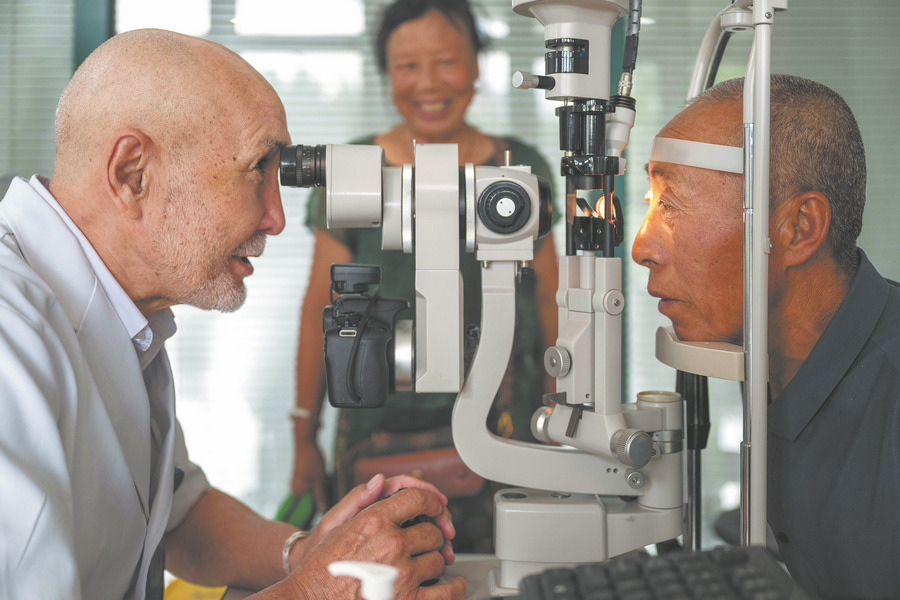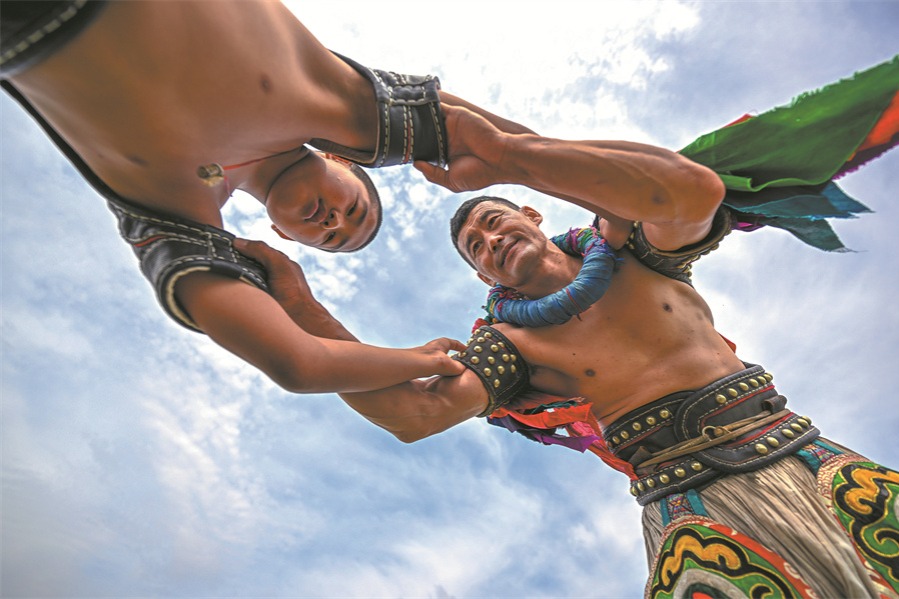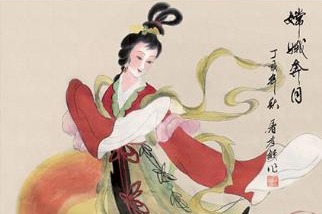Try classical indoor exercise: Wu Xing Zhuang

Editor’s note:
Exercising regularly is an essential part of a healthy lifestyle. But the outbreak of the novel coronavirus has kept millions of people from partaking in outdoor activities since late January. Indoor workouts have since become an important way to stay healthy and protect against illness, especially at a time like this.
Here’s a look at one of the most popular traditional Chinese indoor exercises people have been practicing for centuries, one which has proven to be highly effective in enhancing health and fitness.
Wu Xing Zhuang

Wu Xing Zhuang, aka Wu Xing Zhuang Gong, means “a set of standing-stance qigong exercises, devised and practiced in accordance with the Taoist idea of wu xing”.
Wu xing literally means the principle of the five elements, aka the principle of the five energies, or the principle of the five powers, respectively referring to water, wood, fire, earth and metal.
Zhuang, literally meaning a pole, refers to standing stances. Gong literally means health exercises or kung fu drills that usually integrate physical movements and mental focus with deep breathing.
Chinese qigong or qigong exercises can be roughly divided into two categories: daoyin (moving and stretching the body) and xingqi (promoting the circulation of vital energy). While daoyin refers to dynamic exercises, xingqi refers to static exercises, or meditations.

A Taoist health-and-fitness regime, the Wu Xing Zhuang exercise belongs to the daoyin qigong category. It also functions as a type of foundational training for Taoist martial artists throughout life. That means a Taoist kung fu master can do his bare-fist daily routine drills overtly, without attracting unnecessary attention.




































